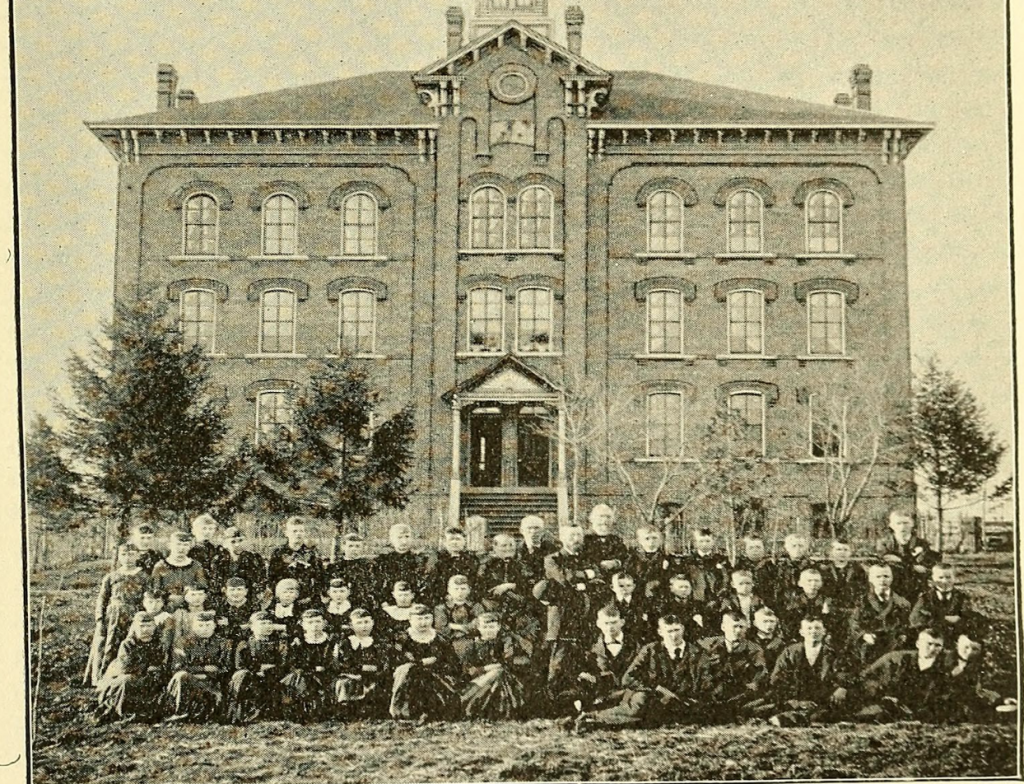
Just off the coast of Massachusetts lies Martha’s Vineyard, a charming and picturesque island with a rich history. Beneath its serene exterior, the island harbors a fascinating linguistic heritage that has captivated scholars for generations: Martha’s Vineyard Sign Language.
For more than 200 years one of the largest Deaf communities in the country flourished here. Deafness and use of sign language was viewed as the norm instead of a disability or hinderance.
This was due to nearly a fourth of the island population being Deaf. The sign language once widely used on Martha’s Vineyard island from the early 1800s until 1952, Martha’s Vineyard Sign Language (MVSL) was utilized by both Deaf and hearing community members, so Deafness was not a barrier to public engagement.
Martha’s Vineyard’s sign language flourished due to the island’s unusually high proportion of Deaf inhabitants and the recessive nature of Deafness, which frequently produced both Deaf and hearing siblings within the same family.
In 1854, when the Deaf population reached its peak, approximately one in 155 islanders was Deaf, compared to the national average of one in 5,730. The town of Chilmark had the highest concentration, averaging one Deaf person for every 25 residents. At one point, Squibnocket, a section of Chilmark, had a Deaf population as high as 25% out of 60 total residents.
The island’s sign language, MVSL, declined as the population migrated to the mainland. Today, there are no fluent signers left. Katie West, the last Deaf person born into the island’s signing tradition, died in 1952. Though a few elderly residents could still recall MVSL when linguists started studying the language in the 1980s, researchers have faced challenges resurrecting a language they cannot directly experience.
Origins of Martha’s Vineyard Sign Language (MVSL)
Between when the island was founded in 1640 through the end of the 1800s, those who were born in Chilmark often stayed their whole lives.
Jonathan Lambert was the first Deaf settler from Kent, England, in the late 1600s; he moved there with his wife and children in 1694. His wife was not Deaf, but two of their seven children were. Due to his immigration from Kent, England, historians believe that he used a regional form of sign language developed in Kent.
For its first few centuries, Chilmark did not have any ports so there was no influx of new people. This meant that many island residents ended up marrying and having children with other residents. Migration had virtually ceased by 1710, creating an endogamous community with a high incidence of hereditary Deafness that persisted for over 200 years.
American Sign Language’s Linguistic Melting Pot
In the early 19th century, a new educational approach emerged in the United States mainland. The American School for the Deaf, the country’s first school for Deaf students, opened in Hartford, Connecticut in 1817.
Many Deaf children from Martha’s Vineyard enrolled at the school, bringing their unique sign language with them. The teachers used French Sign Language, while other Deaf students used home sign systems. The American School for the Deaf became known as the birthplace of the American Deaf community.
The various sign languages used there, including Martha’s Vineyard Sign Language, blended into what is now known as American Sign Language (ASL) – one of the largest community languages in the United States today.

Beginning of the End
The once hereditary Deafness of Martha’s Vineyard diminished as more Deaf islanders stayed on the mainland and intermarried with Deaf spouses whose hearing loss was not genetic.
At the start of the 20th century, the previously isolated fishing and farming community saw an influx of tourists that would become the economic mainstay. Jobs in tourism were less Deaf-friendly than the traditional livelihoods. As intermarriage and migration connected the islanders to the mainland, the unique island culture increasingly resembled that of the wider hearing community.
Martha’s Vineyard Sign Language declined after the opening of the American School for the Deaf in the early 19th century. Students from Martha’s Vineyard influenced the creation of American Sign Language by contributing signs from MVSL. However, when these students returned home, they brought ASL usage back with them. As a result, MVSL faded as ASL became more prevalent on the island. Additionally, improved transportation to the island in the 19th century led to an influx of hearing residents, reducing hereditary Deafness.
Sign Language on the Island Revised

With the goal of revitalizing American Sign Language on Martha’s Vineyard, Lynn Thorp began teaching residents weekly in the early 2000s after studying references like Ellen Groce’s “Everyone Here Spoke Sign Language” and the 1989 “Interax” teachings. A decade later, Thorp started offering regular American Sign Language classes at local community centers. Her decade-long mission has sparked a resurgence, with Edgartown Elementary recently incorporating ASL into their curriculum and other Island public schools soon to follow.
Questions & Answers
Keep reading for answers to the most commonly asked questions about Martha’s Vineyard, their Deaf community, and Martha’s Vineyard Sign Language (MVSL).
Is Martha’s Vineyard Sign Language Still Used?
There are no fluent signers of MVSL alive today. Katie West, the last deaf person born into the island’s sign-language tradition, died in 1952. There are few elderly residents still able to recall some MVSL when researchers started examining the language in the 1980s.
Why did Deaf people leave Martha’s Vineyard?
Mostly due to the influx of Deaf schools opening up on the mainland. When the American School for the Deaf was founded, many enrolled there and left Martha’s Vineyard behind them. As travel to and from the island continued to become more accessible, hearing people flocked to the island making it less of a “Deafutopia” than it had been in prior years.
What was the deaf gene on Martha’s Vineyard?
According to DNA Science, the deafness of the founding families of Martha’s Vineyard is due to mutation in a connexin gene called GJB2.
Sources
https://dnascience.plos.org/2016/08/11/summer-musings-on-the-deaf-on-marthas-vineyard-and-seveneves/
https://www.mvtimes.com/2020/02/19/reviving-sign-language-marthas-vineyard/
https://www.atlasobscura.com/articles/the-hidden-history-of-marthas-vineyard-sign-language




Comments